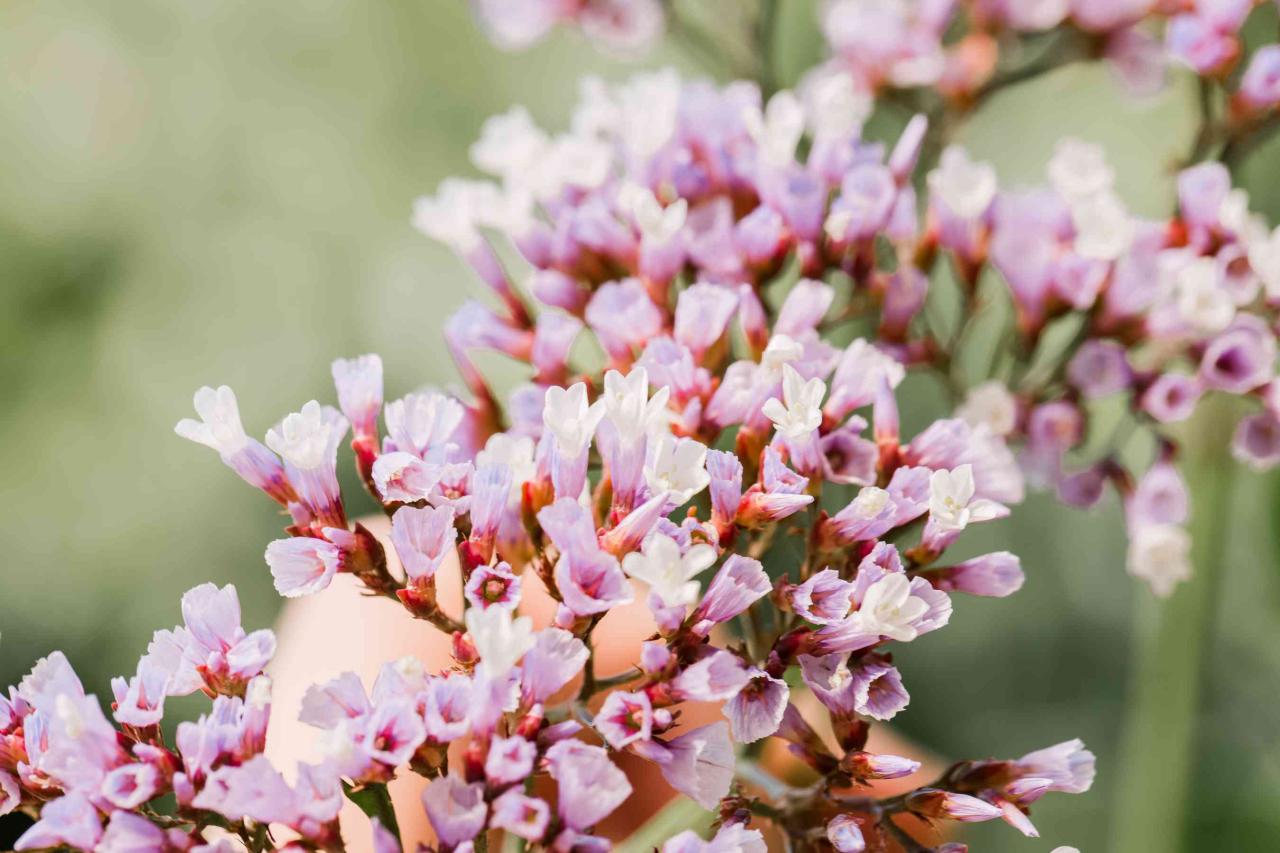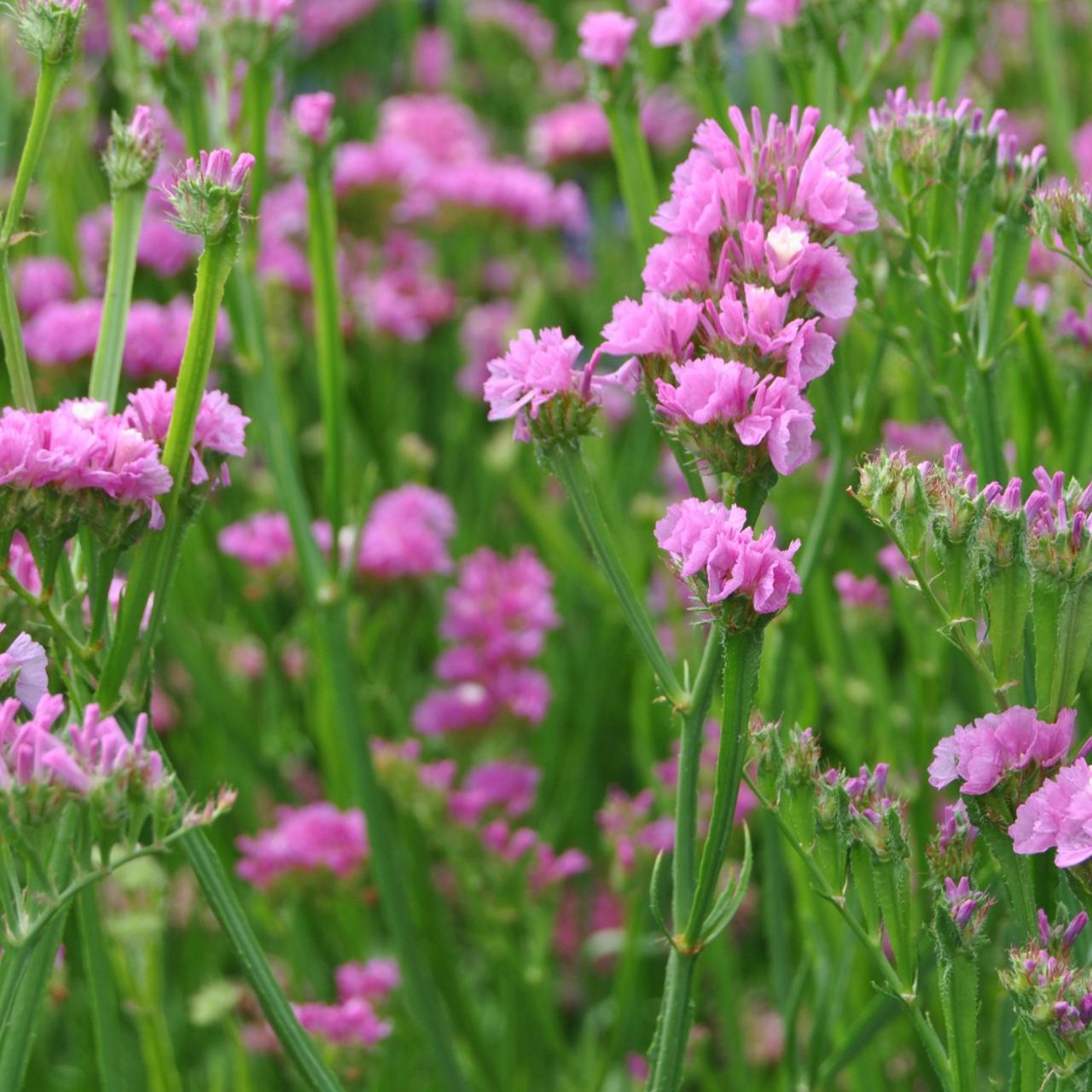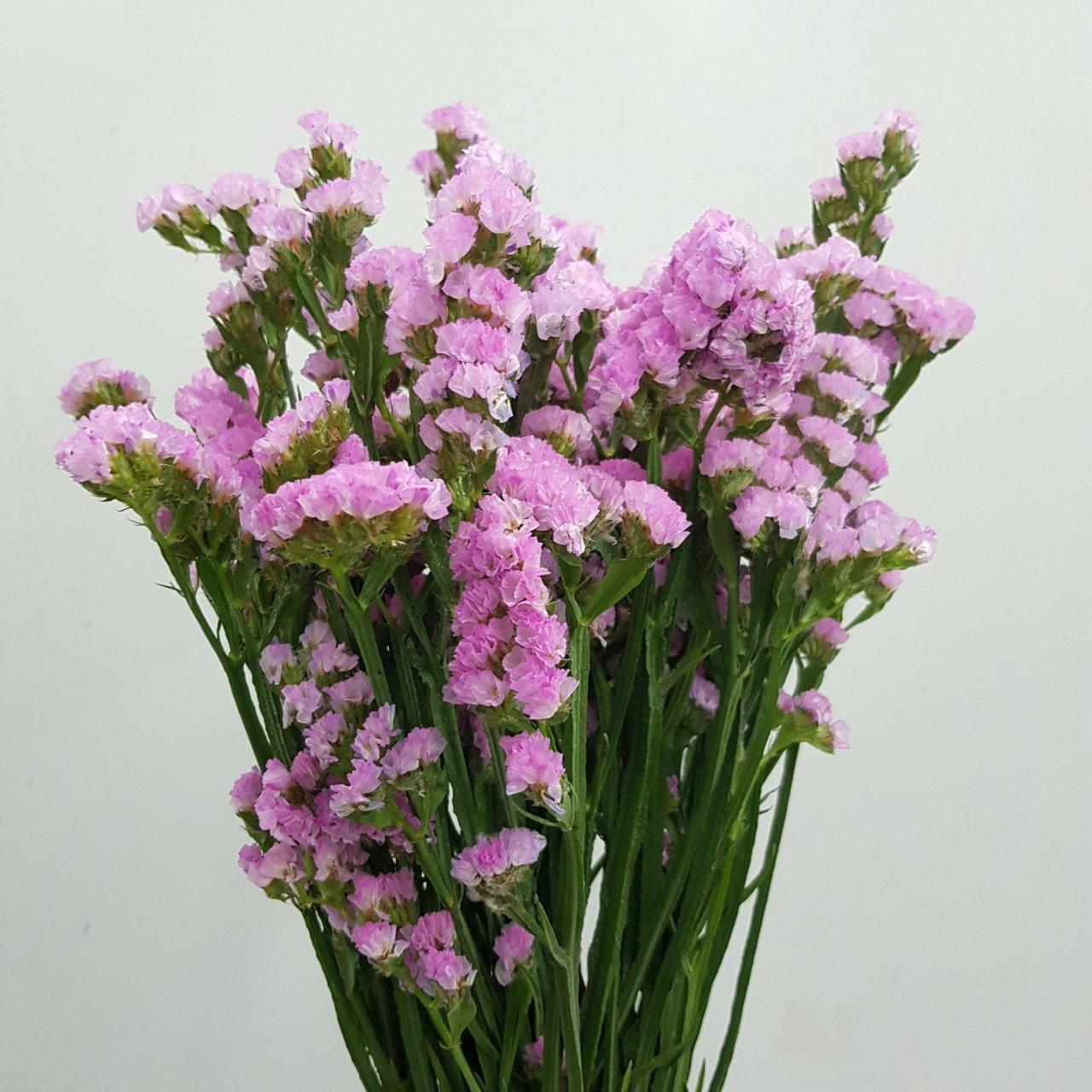The Pink Statice plant, also known scientifically as *Limonium sinuatum*, is a stunning perennial known for its vibrant hues and long-lasting blooms. These plants can often be found gracing gardens and floral arrangements with their cheerful pink flowers, making them a favorite among gardeners and florists alike. In this comprehensive guide, we will explore everything you need to know about the Pink Statice, including its characteristics, care tips, propagation methods, and common uses. 🌸
Characteristics of the Pink Statice Plant
The Pink Statice is characterized by its delicate, papery flowers that bloom in clusters. These blooms are not only beautiful but also possess a unique ability to retain their color even after drying, making them popular for use in dried flower arrangements. Let’s take a closer look at some key characteristics:
| Feature | Description |
|---|---|
| Height | Typically grows to a height of 1 to 3 feet. |
| Flower Color | Primarily pink, but can also be found in purple, yellow, and white. |
| Blooming Season | Flowers bloom from late spring to early fall. |
| Soil Type | Prefers well-drained, sandy, or loamy soil. |
| Light Requirements | Thrives in full sun to partial shade. |
Origin and Habitat
The Pink Statice plant is native to the Mediterranean region, where it flourishes in coastal areas. It prefers environments that provide full sunlight and well-drained soil, making it an excellent choice for gardens in similar climates. 🌞 Understanding its natural habitat can help you create the ideal conditions for this beautiful plant in your own garden.
Planting and Care Tips
Caring for Pink Statice plants is relatively straightforward, but certain requirements must be met to ensure they thrive. Here’s a complete guide to planting and maintaining your Pink Statice:
Soil Preparation
The first step in planting your Pink Statice is to prepare the soil. Here are some tips:
- Ensure that the soil is well-draining to prevent root rot.
- Mix in compost to enrich the soil and provide essential nutrients.
- A pH level between 6.0 and 7.0 is ideal.
Planting Method
When planting Pink Statice, consider the following:
- Space the plants about 12 to 18 inches apart to allow for airflow.
- Dig a hole that is slightly larger than the root ball.
- Water the plant thoroughly after planting.
Watering Requirements
While the Pink Statice plant is drought-tolerant, it still requires regular watering, especially during the initial growth phase:
- Water deeply but infrequently to encourage deep root growth.
- Allow the soil to dry out between waterings.
Fertilization
To keep your Pink Statice healthy and blooming, fertilization is essential:
- Use a balanced, slow-release fertilizer during the growing season.
- Avoid over-fertilizing, as this can lead to lush foliage at the expense of blooms.
Propagation of Pink Statice
Pink Statice can be propagated through seeds or division. Here’s how you can do it:
Seed Propagation

To grow Pink Statice from seeds:
- Start seeds indoors 6-8 weeks before the last frost date.
- Transfer seedlings outdoors after the danger of frost has passed.
- Keep the soil moist until seedlings are established.
Division Method

For established plants, division is a great way to propagate:
- In early spring or fall, dig up the plant carefully.
- Split the root ball into smaller sections, ensuring each has roots and foliage.
- Replant immediately in well-prepared soil.
Note: Regular division every few years can help maintain healthy plants and increase blooming.
Uses of Pink Statice
Pink Statice is not just a pretty face; it has a variety of uses in gardens and homes:
Garden Use
In gardens, Pink Statice can serve various purposes:
- Ideal for borders and rock gardens.
- Attracts pollinators such as butterflies and bees.
- Can be used in xeriscaping due to its drought tolerance.
Floral Arrangements
The durability of Pink Statice makes it perfect for floral arrangements:
- Used in both fresh and dried arrangements.
- Pairs well with other flowers for a pop of color.
- Adds texture and depth to bouquets.
💐 Its long-lasting nature ensures that your floral displays remain vibrant for extended periods.
Common Pests and Diseases
While Pink Statice is relatively hardy, it can be susceptible to certain pests and diseases. Here’s a brief overview:
Pests, Pink Statice Plant
- Aphids: Can be controlled with insecticidal soap.
- Spider mites: Prevent by maintaining humidity and keeping plants well-watered.
Diseases
- Root rot: Avoid overwatering and ensure proper soil drainage.
- Powdery mildew: Can be treated with fungicides if spotted early.
Important: Regularly inspecting your plants can help catch issues early and keep your Pink Statice healthy.
Conclusion
In summary, the Pink Statice plant is an excellent choice for any garden or floral enthusiast. With its stunning appearance, minimal care needs, and various uses, this plant can bring beauty and vibrancy to your home and garden. Whether you choose to grow it for its ornamental value or to use in arrangements, the Pink Statice is sure to delight all year round. Remember to follow the care tips and propagation methods discussed above, and you will enjoy a thriving Pink Statice plant for years to come! 🌿
